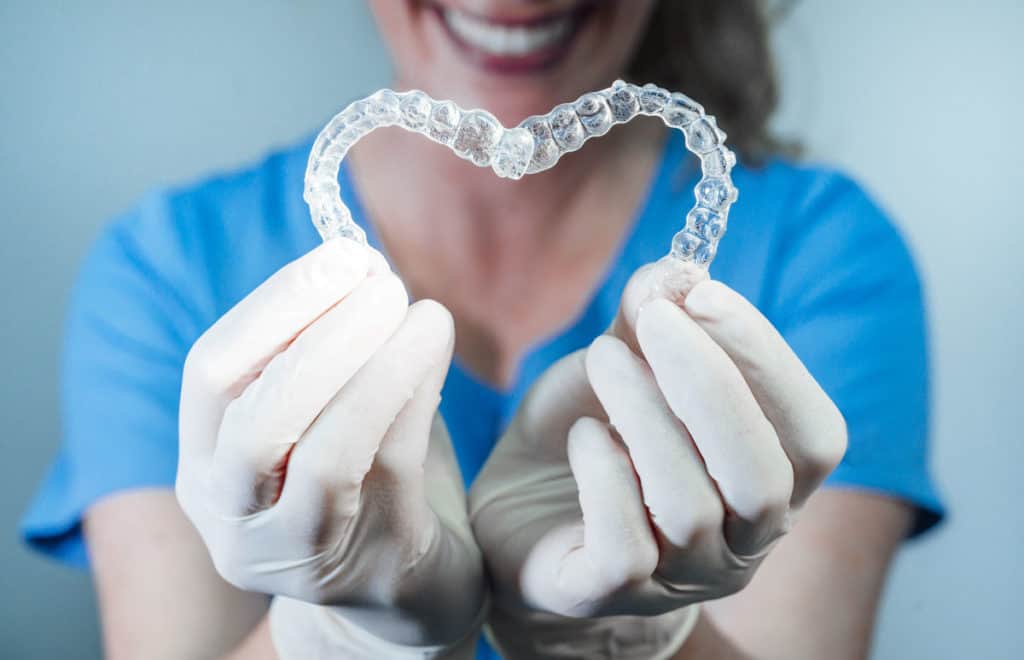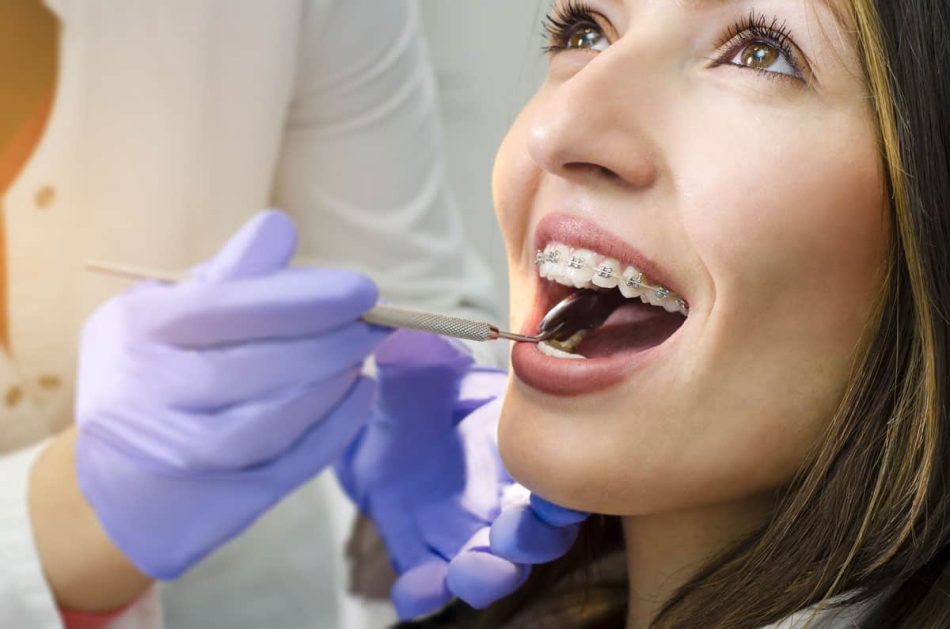Orthodontics refers to the use of dental tools such as braces to create a more aesthetically pleasing smile. The use of braces can have many more advantages than just looks, too, however. This aesthetic improvement and health benefits are mainly received from the straightening of the teeth, and sometimes even the realignment of the jaw structures.
Many people turn to an orthodontist merely to have a more beautiful smile. While this is the most noticeable effect of braces and orthodontics, there are many health benefits as well. It is easier to bite, chew and speak when the jaws and teeth are properly aligned. Some health problems that may be avoided by taking care of the teeth and mouth include diabetes, pneumonia, cardiovascular problems, and several others.
There are several different types of braces. There are traditional braces, ceramic braces and invisible braces. The only main difference is the visual appearance of the braces. Traditional braces are typically considered “metal mouth”. Ceramic braces tend to blend with the teeth color, except for a single wire crossing horizontally over all the teeth. Invisible braces can either be traditional braces placed upon the back of the teeth, or clear plastic retainer like molds. They all work the same way, making the teeth space more naturally. If teeth are spaced too closely together, it quickens the erosion of the enamel on the teeth. This leaves the teeth more susceptible to cavities and decay.
Close to 30 percent of all orthodontic patients in the United States are adults. Despite this growing trend towards adult orthodontics, it pays to start orthodontic treatment early for maximum effectiveness. The American Dental Association recommends that children receive an orthodontic evaluation by age seven.
There are several factors that may contribute to misalignment, crooked teeth, and crowded teeth, including supernumerary teeth, which is extra teeth; also called hyperdontia, missing teeth, tongue thrusting, thumb sucking and jaw function problems.
For the most part, braces are worn for an average of two years. Sometimes, in the case of having too many teeth or teeth that are too large, it becomes necessary to extract teeth. The premolars are generally the teeth pulled first because the spacing will not be as visible, and yet it will give more room for the teeth placement to be corrected.
There are appointments scheduled periodically, generally every six weeks, to tighten traditional braces or to receive a new mold. This not only reduces the discomfort level by realigning the teeth slowly instead of attempting to do so all at once. These appointments also help clean in the brackets of traditional wires, in order to minimize bacteria growth caused by food particles or plaque that is hard to reach by brushing.
:Orthodontics not only help straighten teeth, it can also restructure facial features to better align the jaws to correct for problems such as over bite, under bite, or cross bite. This will help increase the efficiency of the chewing process, minimize speech impediments as well as provide relief from jaw pain.



